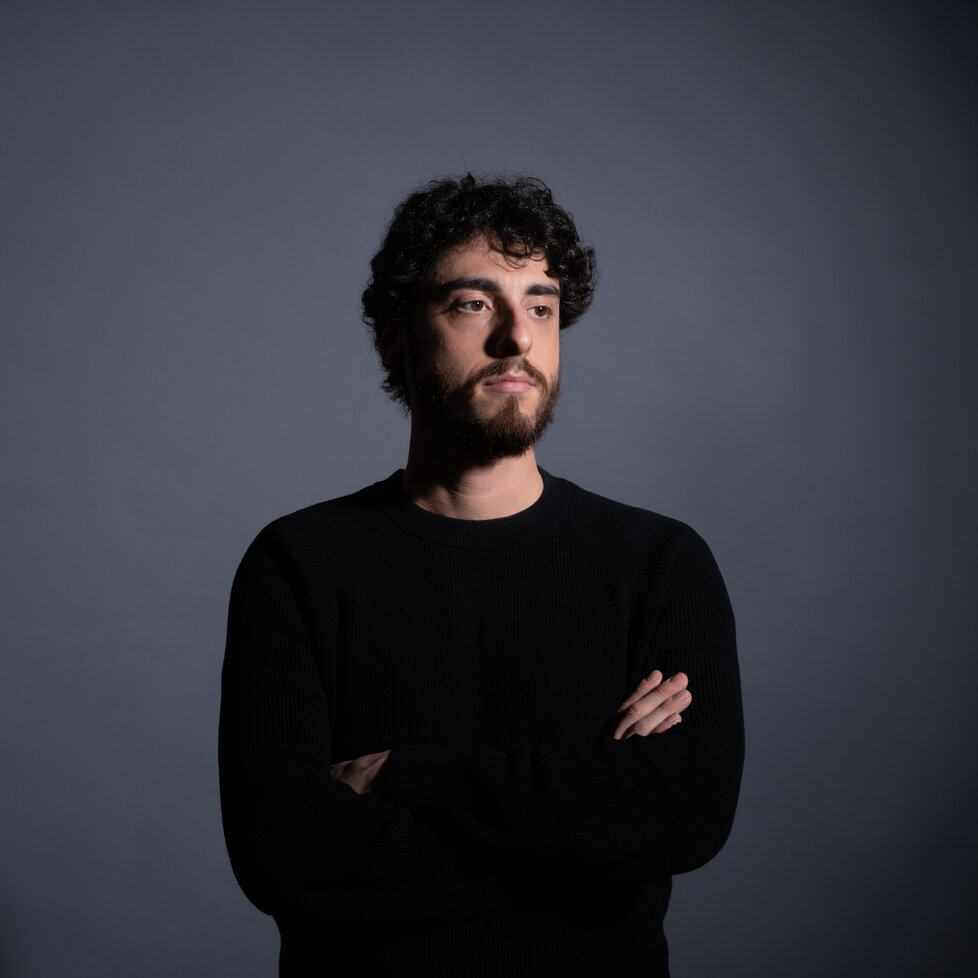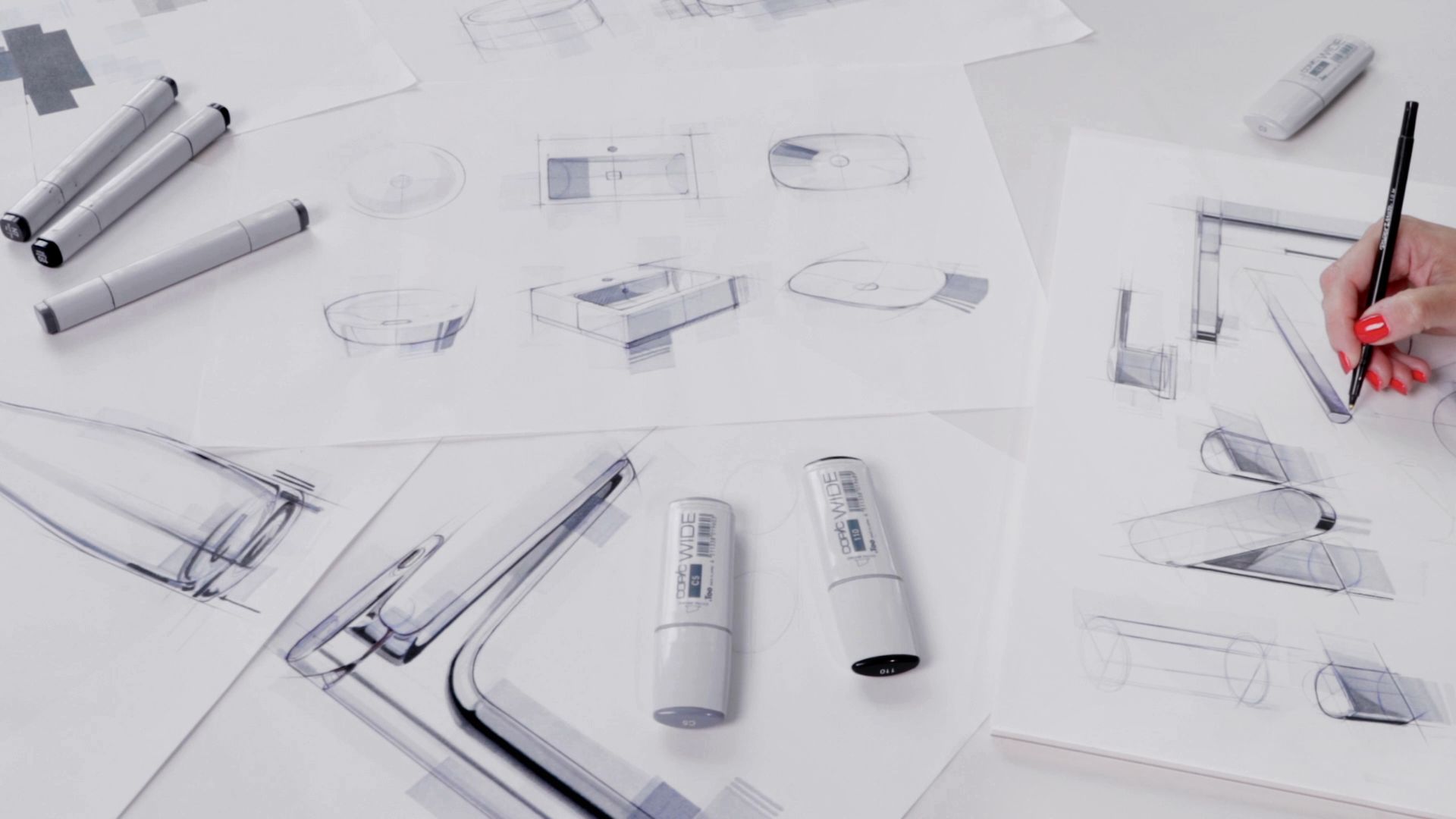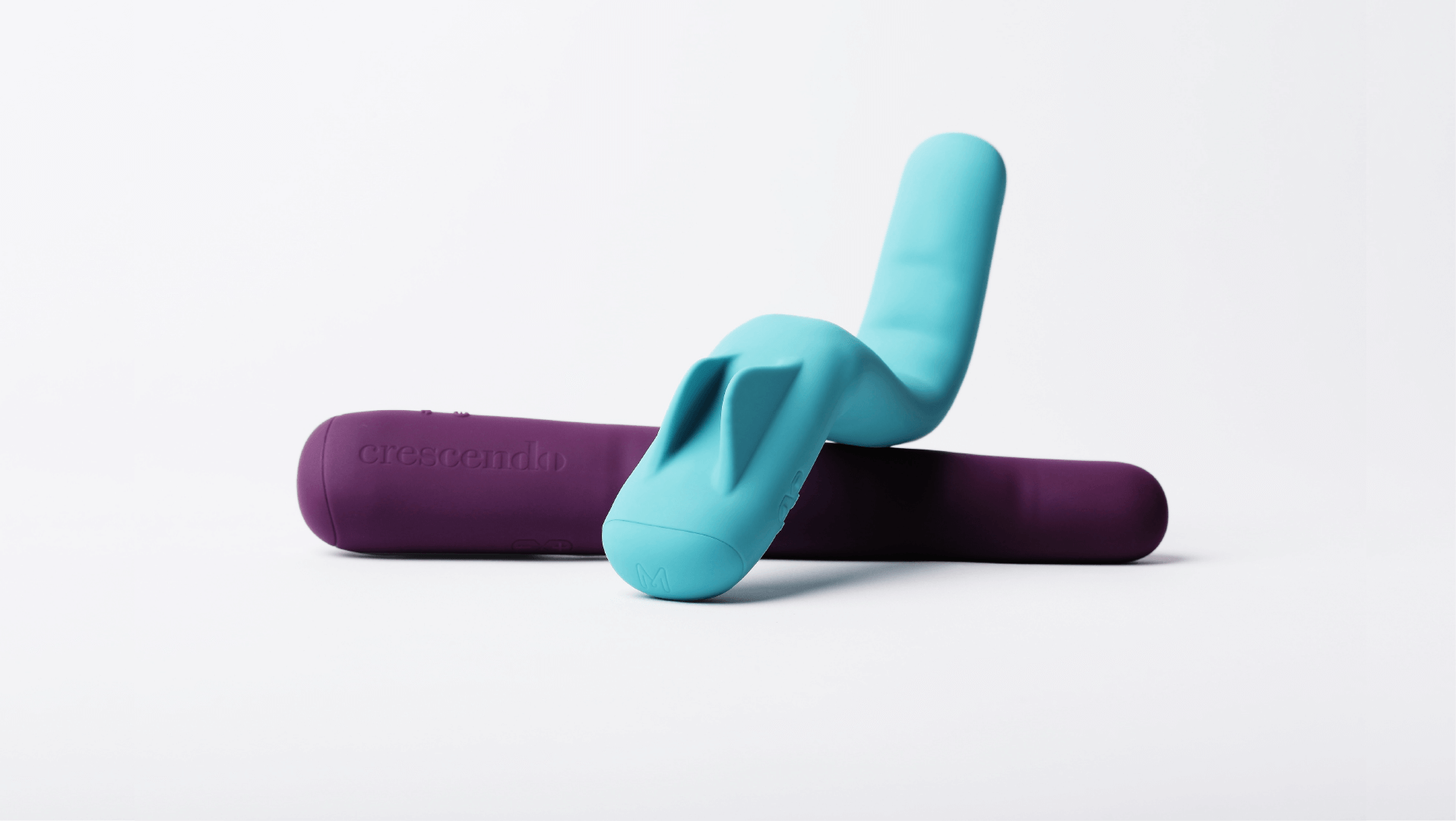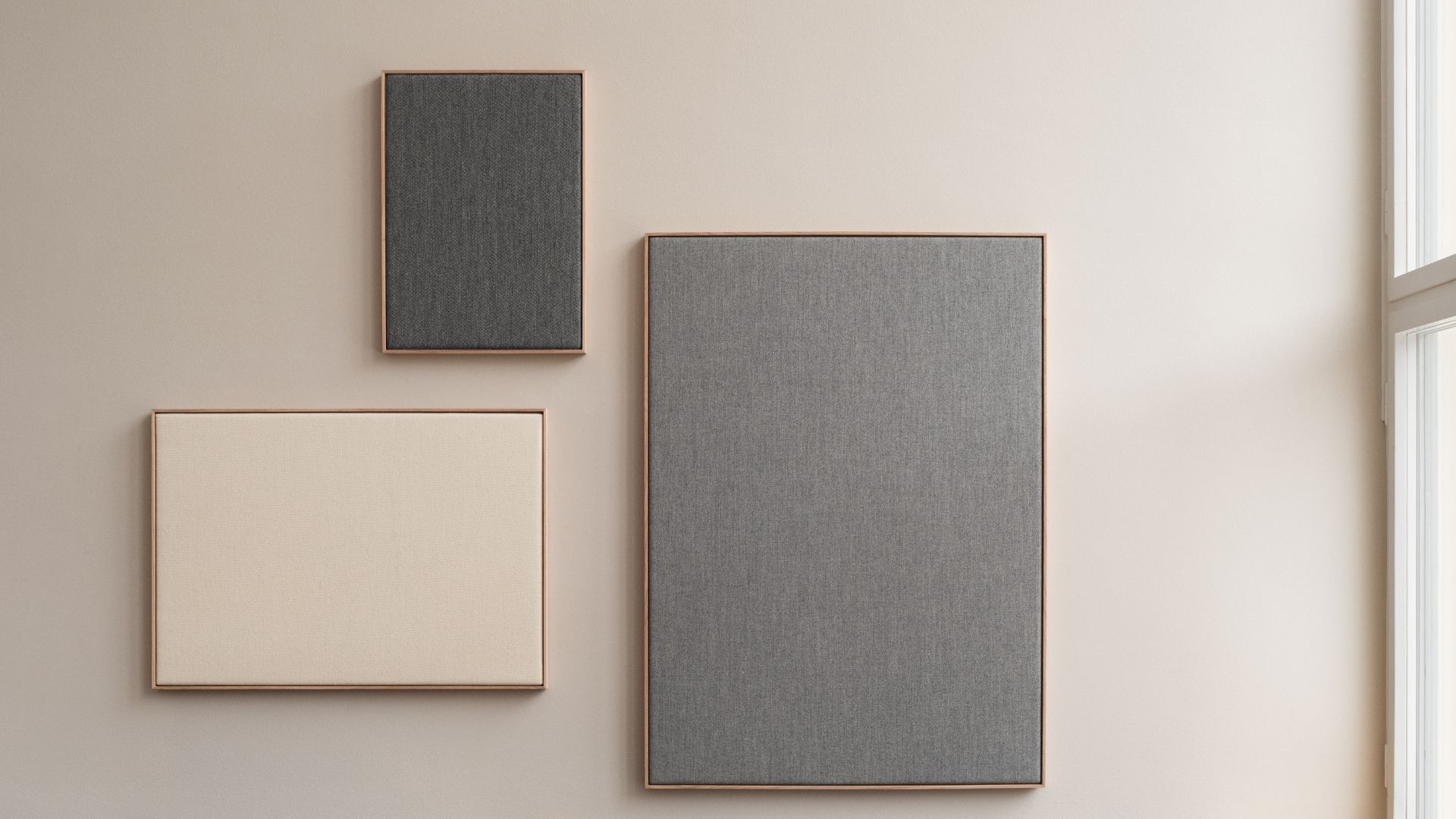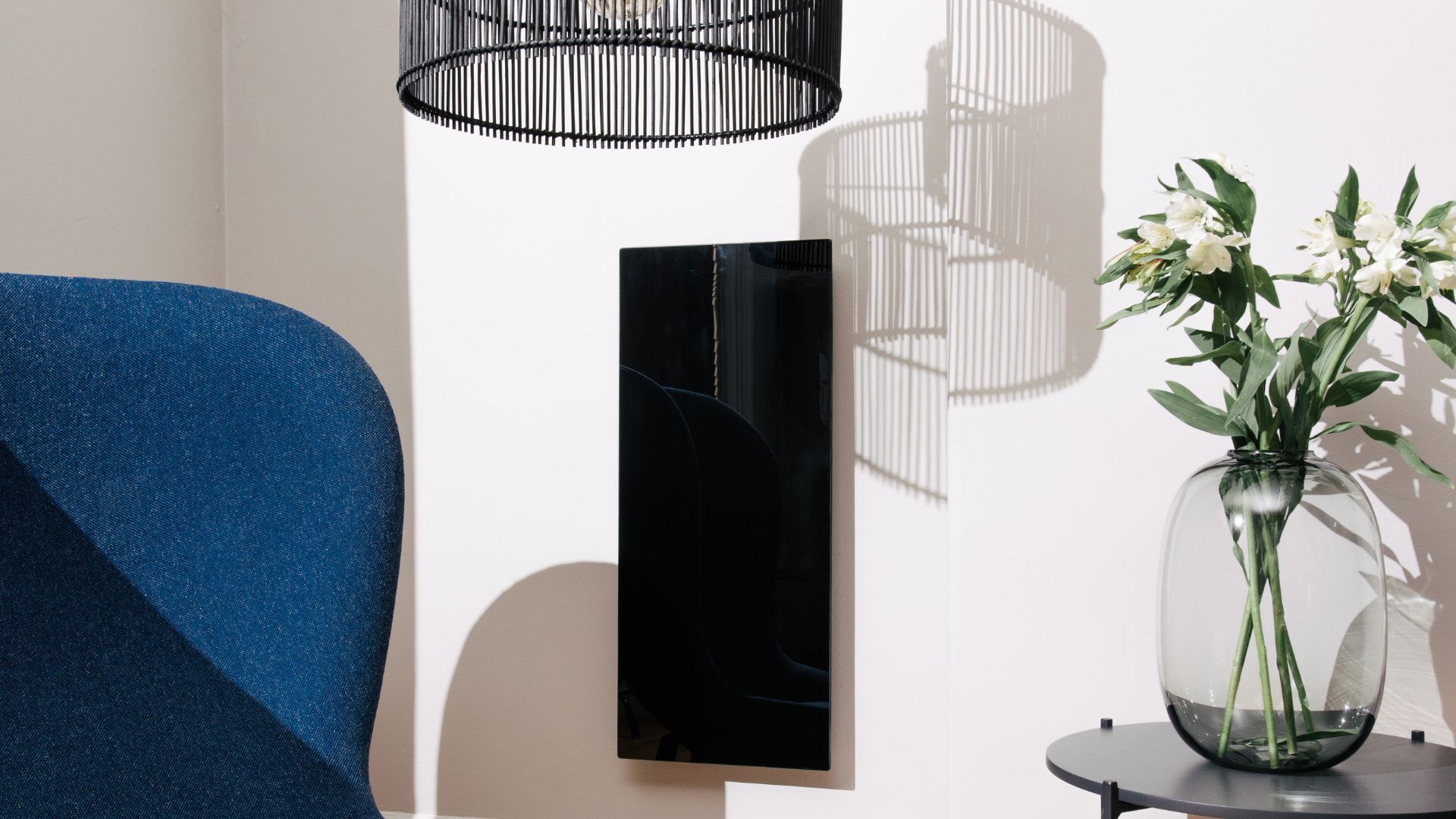Giorgio Biscaro: navigating as an Art Director in the world of Design
Within a design company, the Art Director becomes the orchestrator of a complex dance. They coordinate new collections, catalog production, social media presence, website management, and any element that shapes external perception and builds brand value
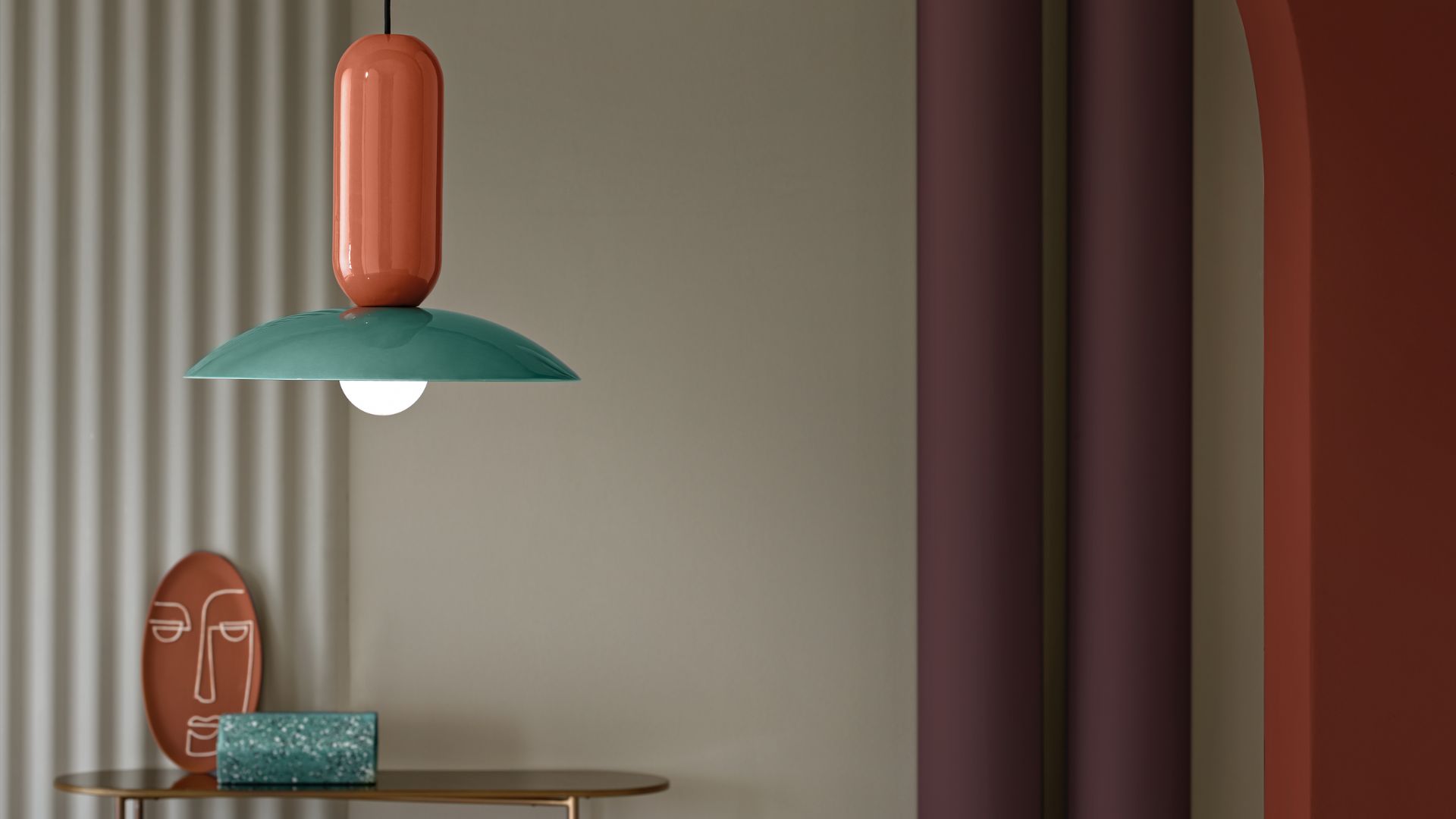
As a product designer, my focus lies in crafting tangible objects. However, when I venture into the job market seeking opportunities in renowned companies like Apple, I stumble upon a curious terminology quirk. They refer to the role I’m accustomed to as a “product designer” as a “digital product designer.” This naming overlap can be baffling.
Even more perplexing is the role of an “Art Director“. In a design agency, art direction often revolves around advertising, encompassing tasks that bring everything together – from copywriting to photography to graphics. However, in design companies primarily concerned with creating and selling physical products, the role takes on a different hue.

Within a design company, the Art Director becomes the orchestrator of a complex dance. They coordinate new collections, catalog production, social media presence, website management, and any element that shapes external perception and builds brand value. It’s a multifaceted role that directly connects to the company’s owner or CEO.
Having worked closely with small and medium-sized companies, I’ve witnessed various approaches. The most successful ones typically involve a proficient Art Director with a clear vision. In this competitive arena, what truly sets apart a company is the ability to operate at a higher level, without succumbing to the allure of the status quo.
[ Read also Art Director VS Design Curator ]

Today, I want to share insights gained from a conversation with Giorgio Biscaro, one of the lighting sector’s foremost Art Directors, who has steered both established giants and fledgling enterprises.
To provide some context, Giorgio Biscaro is a highly skilled product designer who, at just over 30 years old, assumed the role of Art Director at the prestigious Italian brand Fontana Arte. During his tenure, he embarked on a mission to rejuvenate a company still basking in the glory of its historical catalog. He took calculated risks by enlisting some of the finest designers in Italy and Europe to breathe new life into the brand.
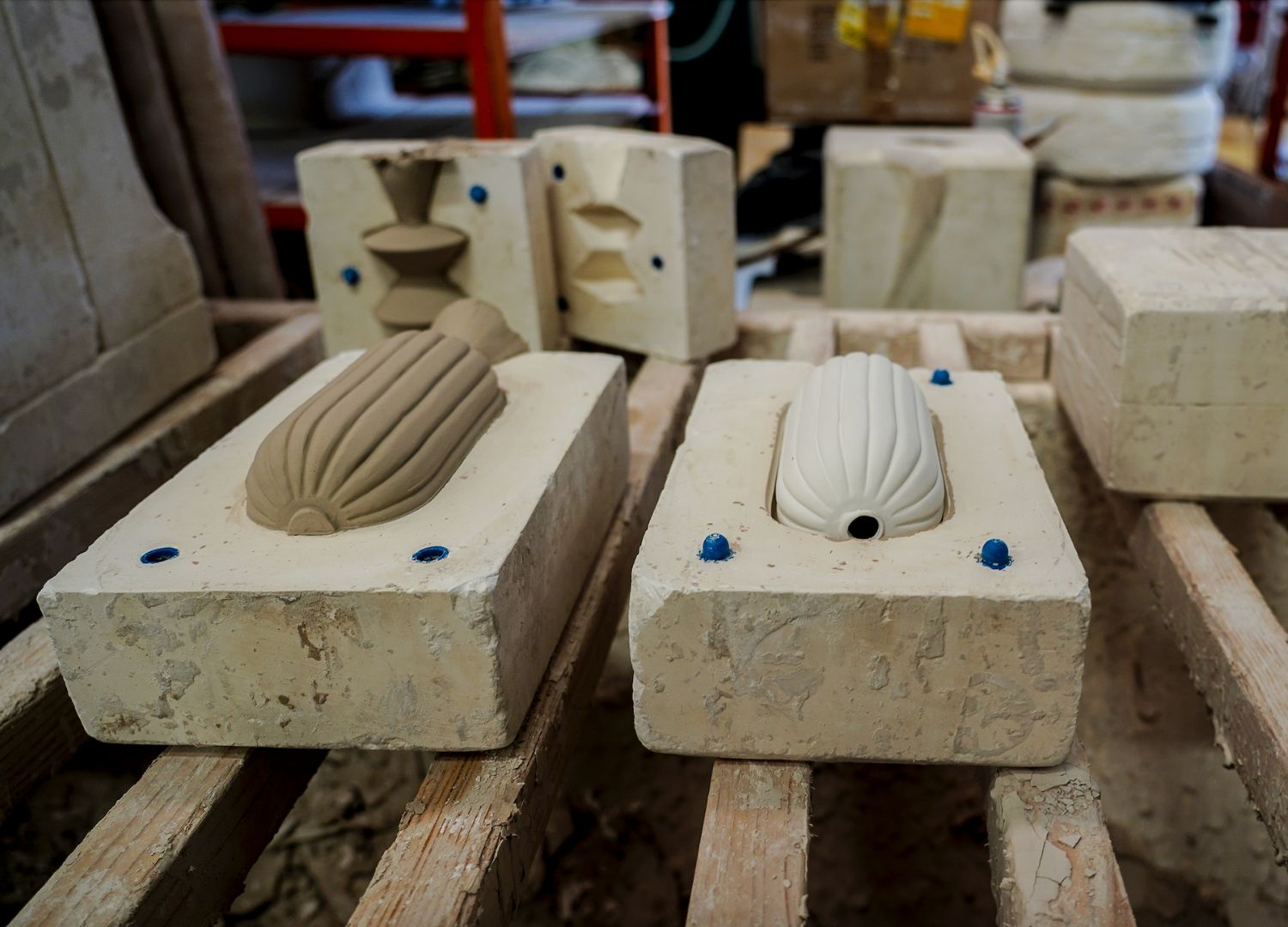
At the time, I was still finding my footing in the design world. Witnessing the results of his endeavor was exhilarating. I recall the team of designers he assembled for the collection as vividly as the starting lineup of the Italian national football team during their 2006 World Cup triumph. The roster included luminaries like Odo Fioravanti and Studio Klass. It marked an era of experimentation and innovation, characterized by a contemporary aesthetic exploration and a deep dive into functional design.
From the outside, it might have seemed effortless, but my conversation with Giorgio revealed the true challenges he faced.
As designers, we meticulously plan our creative journey. However, in well-established companies like Fontana Arte (later acquired by ICG Group and further institutionalized), numerous factors can influence our decisions, leading to compromises.

Lengthy meetings to select a new color or pressure from the sales department to hire the trendiest designer of the moment are par for the course. It’s all part of the game, but it’s not for everyone. Moreover, unforeseen variables can dramatically alter your plans.
For certain reasons, working in a smaller company can be more engaging and fulfilling. Despite limited budgets and a smaller workforce, you wield greater control and can communicate directly with decision-makers.
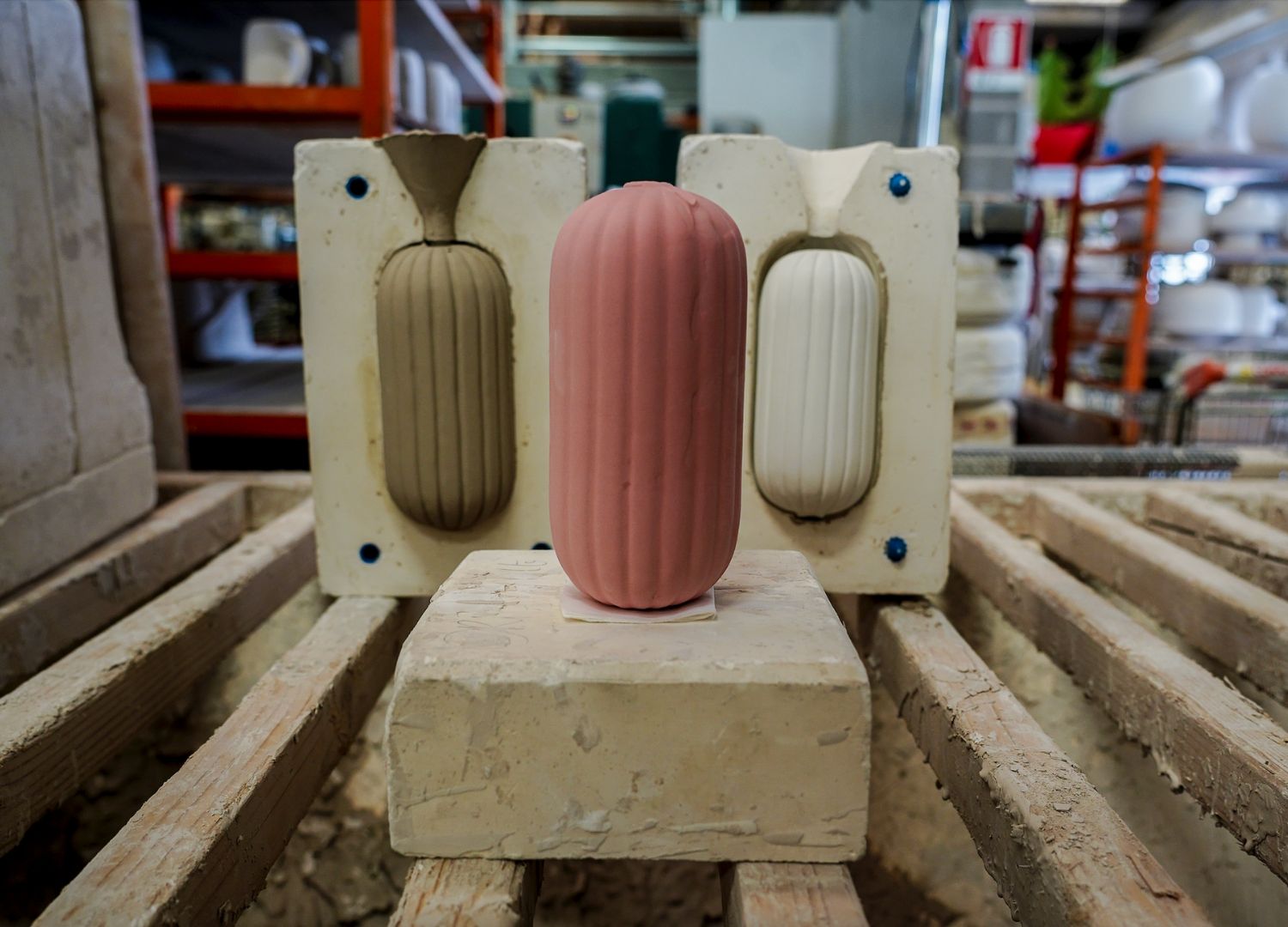
Typically in Italy, the company owner and CEO are one and the same, often the founder or heir. The brand carries significant historical and cultural value. There are trade-offs here as well; budget constraints may necessitate compromises, such as forgoing your preferred photographer or graphic designer.
In larger companies, you become a cog in a well-oiled machine, contributing to overall efficiency. In contrast, smaller companies resemble bicycles – fewer components, but each one plays a crucial role.

Even replacing one component with a superior one can significantly boost performance. Different approaches, different races, but all sharing the same name – Art Director.


